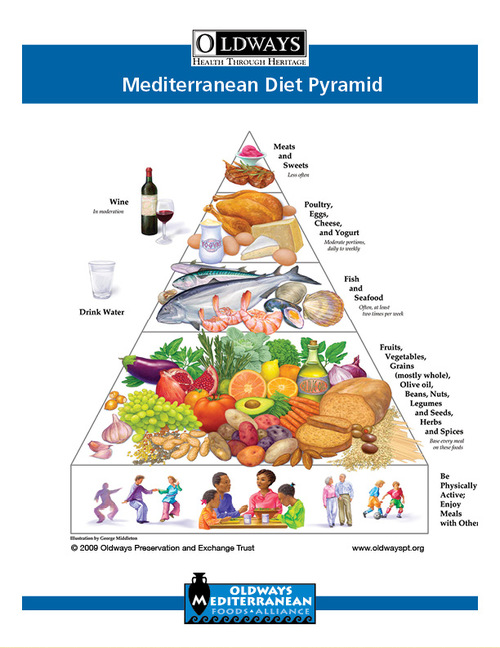"Given the downside of all the available drugs, many people with diabetes would prefer not taking medication and wonder if there is an option. In fact, reversing type 2 diabetes is very possible-if it is not too severe. Every person with diabetes should focus on a careful diet, one that limits concentrated sweets or sweeteners and is high in fiber and vegetables. Optimal weight should be the goal, as excess weight and obesity makes control of blood sugar more difficult."
--Dr. Andrew Weil, M.D., from Mind over Medicine, 2017
I
invest a lot of time teaching kids in afterschool programs. It is always gratifying, not for the lessons
I teach the kids, but for the lessons they teach me.
The
lesson I regularly receive is that kids want real food. When given a choice and educated about their choices, kids almost always choose the healthy foods. When kids are allowed to “play” with food and
learn to cut, chop and grate things without fear of being judged, they will try
new things, contrary to what many parents believe. By teaching kids to read
food labels, how to identify unhealthy ingredients and to choose foods with
ingredients that build healthy minds and strong bodies, they learn how to take
control of their own health.
 |
| Organic yellow peppers from the Fort Pierce Farmers Market |
Unfortunately,
many afterschool programs in this country are given free snack foods from their local school districts. What
the kids are given for snacks are simple carbohydrates. No fresh fruit. No fresh vegetables. No whole grains. No healthy fats like nuts. No protein like yogurt. Just lots of carbohydrates, lots of added sugars. These foods feed inflammation of disease and contribute to childhood obesity and obesity-related diseases such as type 2
diabetes.
Yet
these amazing kids living in a homeless shelter have soaked up the lessons from
our program, such as reading food labels, using organic vegetables when
available, and avoiding processed foods by being given a nonjudgmental place to
learn about healthy foods. These kids are
not only gaining control over their lives; they are teaching and inspiring others. Perhaps we can mitigate stressful living
situations by empowering more kids about healing foods and consciously creating
a culture of health.
Lessons
like this that make all our work worthwhile.
Kids, once educated, know that too much sugar is not healthy. Now it is up to us to ensure that all kids
have access to healthy foods such as fresh vegetables and fruits, nuts, and
whole grains.
Please
pass the walnuts and a dish of hope.
With
love and gratitude,
Nancy
L. Heinrich, MPH
Founder,
Growing Healthy Kids, Inc.



